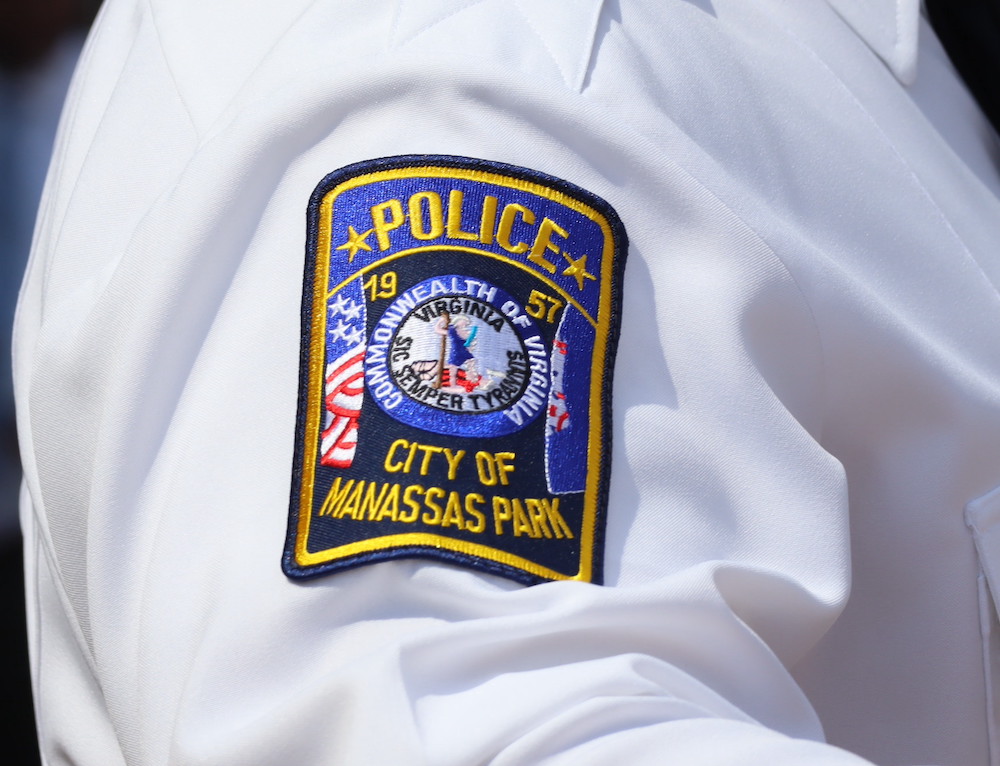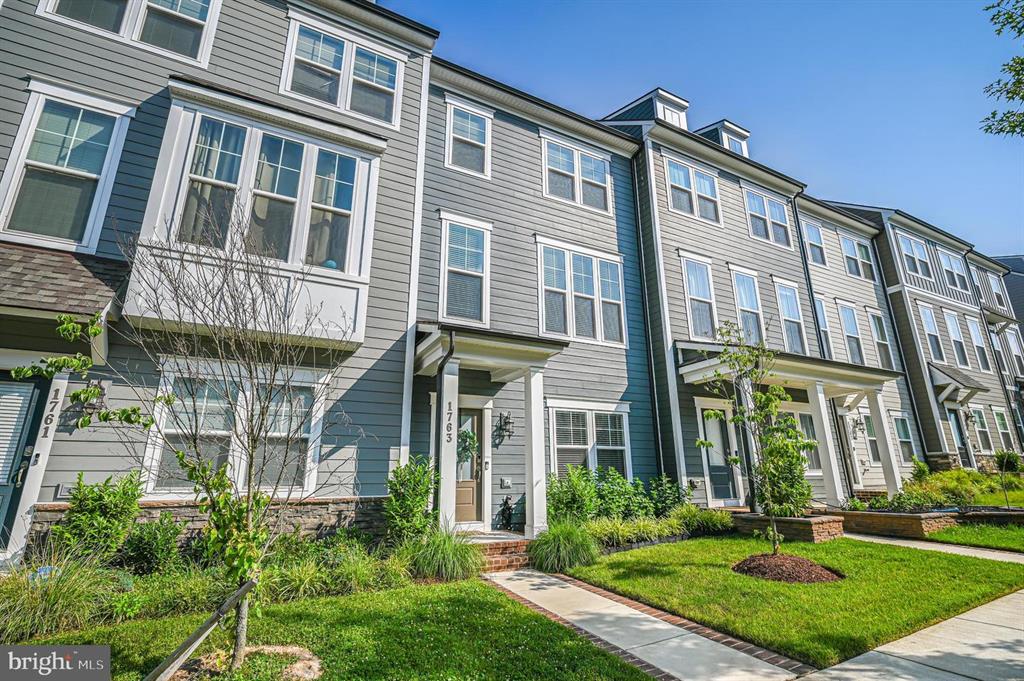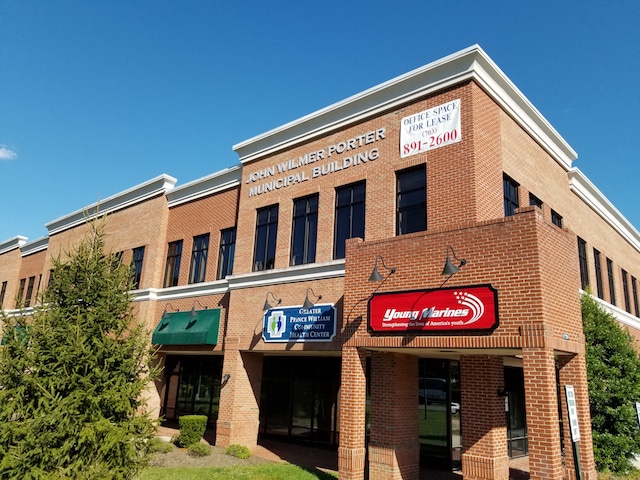It’s difficult to avoid driving over a bridge in Virginia, and motorists often don’t give them a second thought. Drivers are unaware that some of the structures they have come to trust are in a troubling state, especially in the southwestern part of the commonwealth.
Of the Virginia Department of Transportation’s nine districts, Bristol has the highest number of bridges and culverts rated D or lower on the agency’s “health index,” an indication of the overall soundness of a structure. (Culverts are tunnels that allow streams or drains to flow under the road.)
Data obtained from VDOT shows that 451 bridges and culverts of over 3,400 in the Bristol district have that low grade, and 182 structures were deemed structurally deficient, or “poor.” The worst structure, a bridge in Scott County, has a grade of 12 on a 100-point scale – a solid F.
This article is FREE to read. Please Sign In or Create a FREE Account. Thank you.
Recent Stories

The ArtsFairfax Events Calendar is your destination for all arts and culture activities in Northern Virginia. Find a concert, play, poetry reading, or exhibition in your neighborhood—many events are free and family-friendly!
Are you part of a performing arts group, school, or cultural organization? You can add your events and classes, too. The ArtsFairfax Events Calendar is free and easy to use.
Your attendance at local arts events supports small businesses in our community and the art makers who help make Fairfax and its surrounding region so vibrant. With the ArtsFairfax Events Calendar, you can stay curious and stay local to plan your next arts adventure!

Go Ape, America’s leading aerial adventure park provider, is proud to unveil a revitalized experience across its iconic Zipline & Adventure Parks. This refresh goes beyond physical upgrades; it reflects a renewed mission to foster meaningful connections between people, nature, and self.
“Go Ape has always been about thrilling treetop adventures,” says Chrissy Very, Senior Director of Marketing. “Now, we’re redefining what it means to truly connect: through purpose-driven outdoor experiences that inspire courage, reflection, and joy.”
As access to public outdoor spaces becomes more limited, Go Ape steps in to bridge the gap with immersive, inclusive, and wellness-focused adventures for individuals, families, and groups.
Christmas in July
Volunteer Prince William will be holding a fun-filled Christmas in July event at Heritage Brewing Co on July 26th from 12pm until 6pm with all proceeds going to support the 2025 Untrim-A-Tree and Senior Basket Program. Untrim-A-Tree and Senior Basket
Your Weight Matters National Convention
Hosted by the Obesity Action Coalition (OAC) since 2012, this highly-anticipated gathering is the nation’s leading gathering focused on empowering individuals with science-based education, support and practical tools for managing weight and improving health.
This unique Convention truly has something







